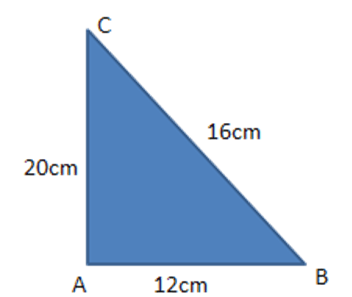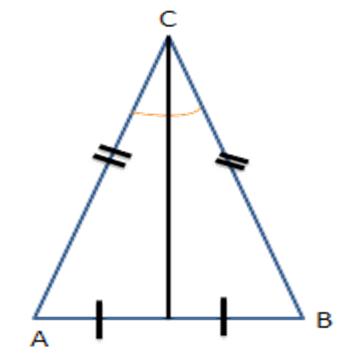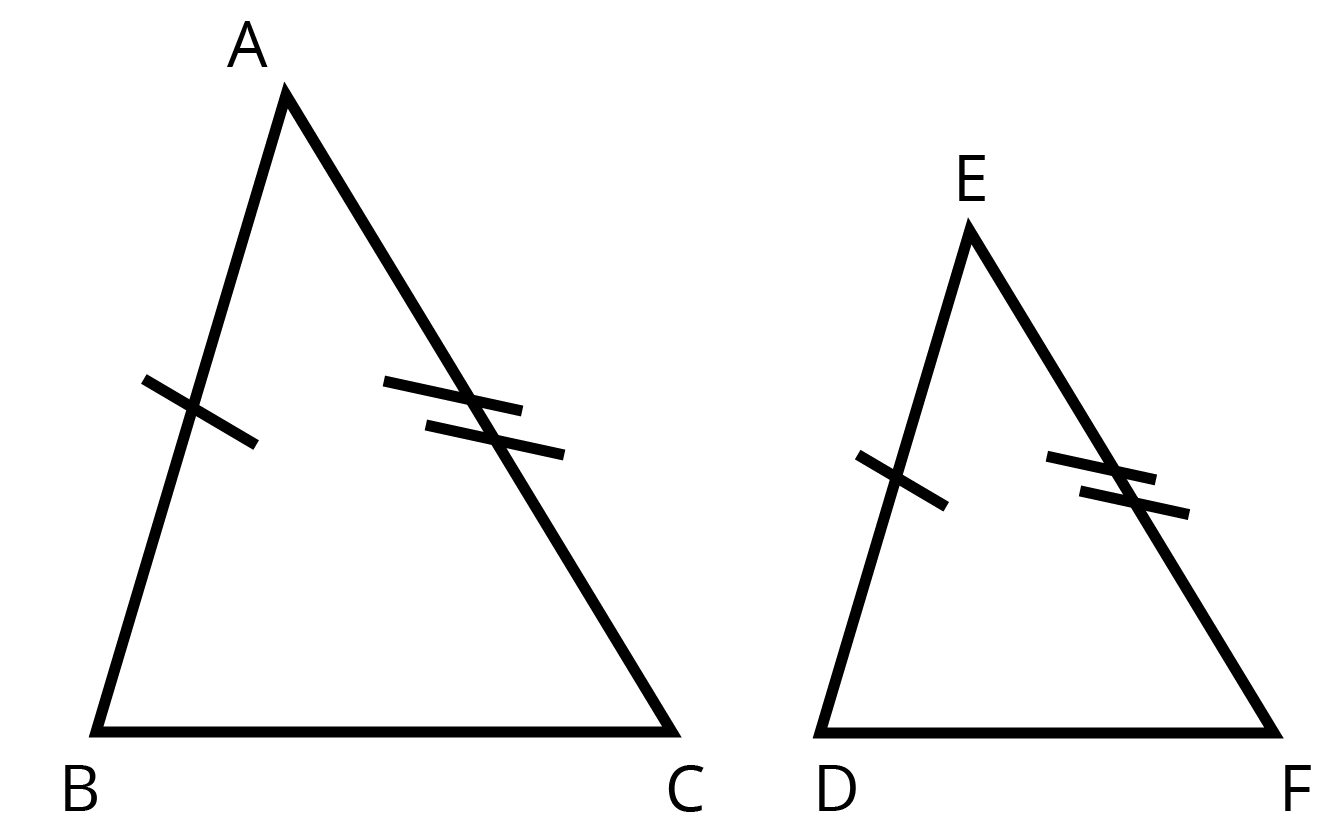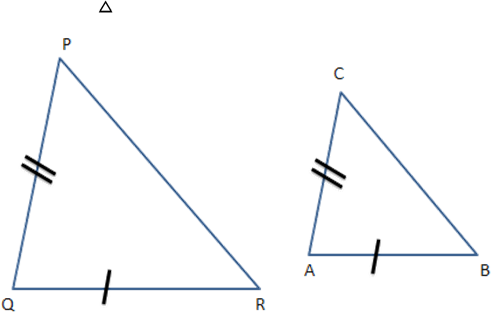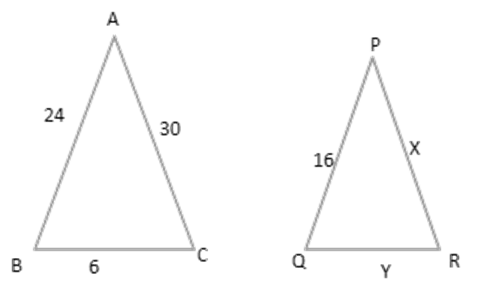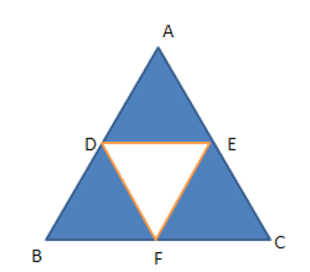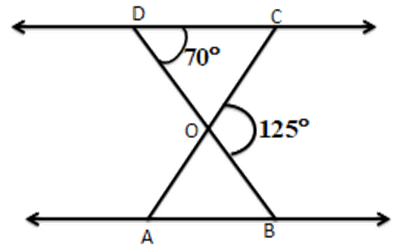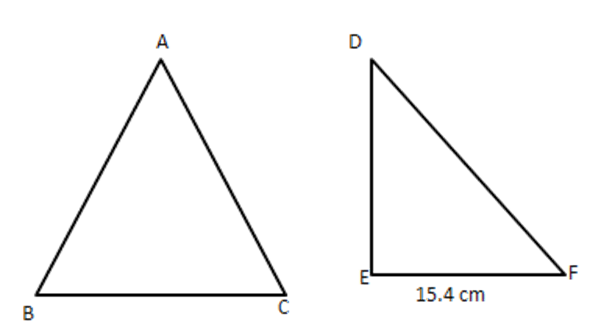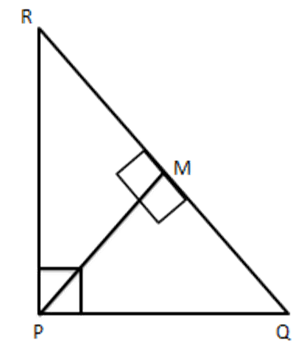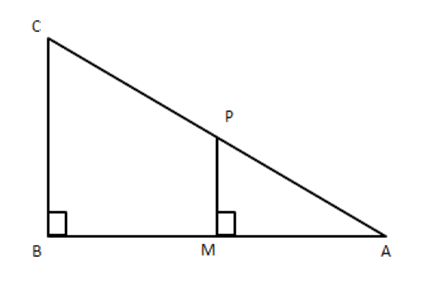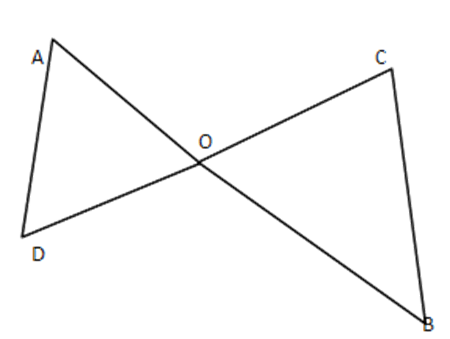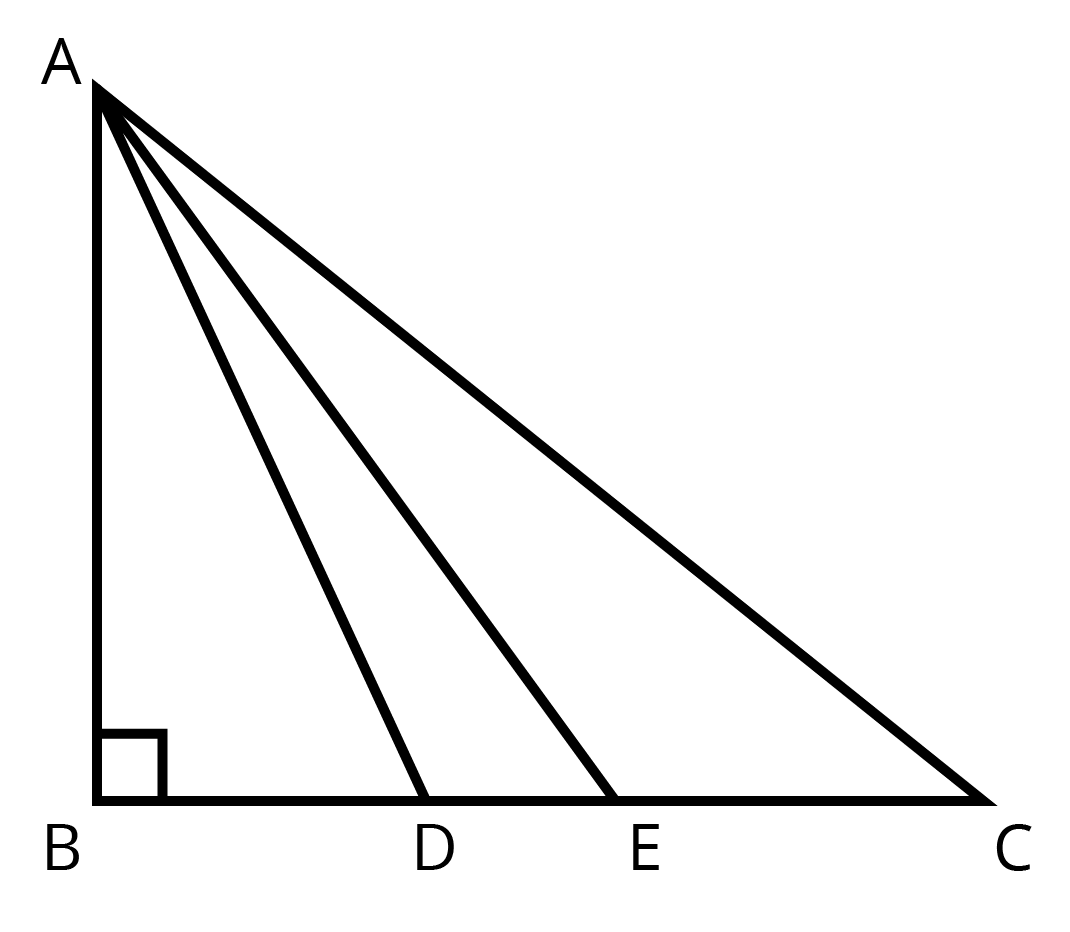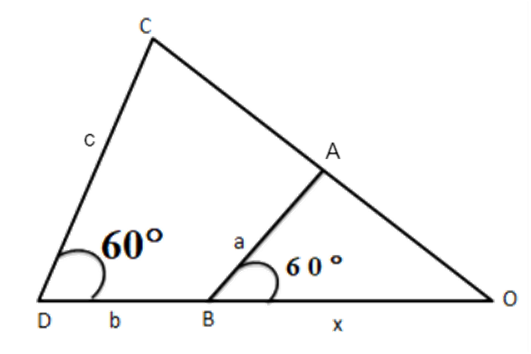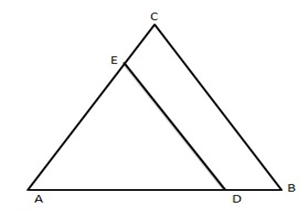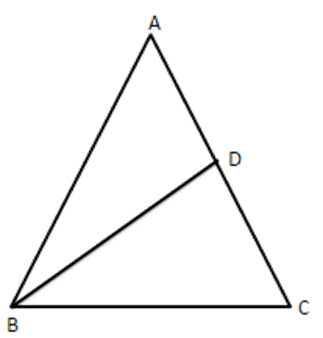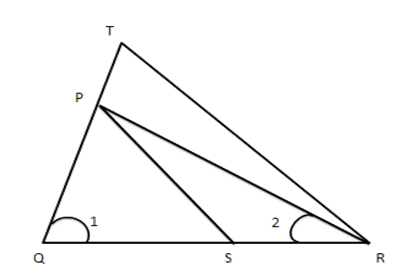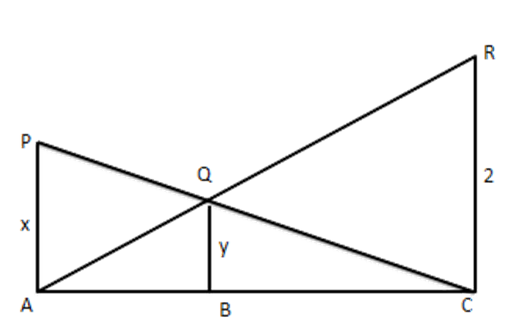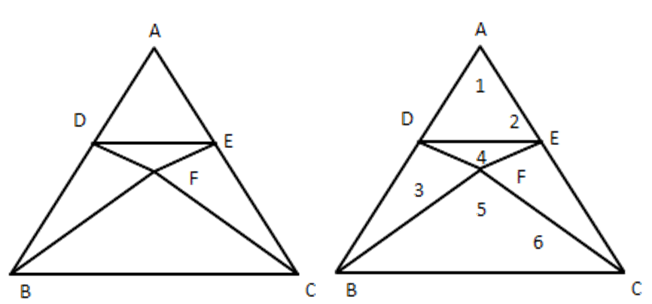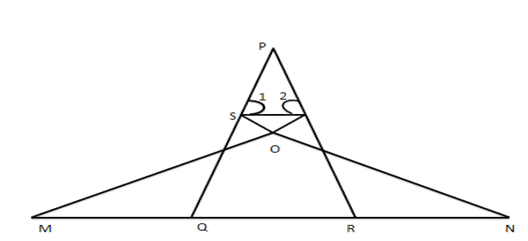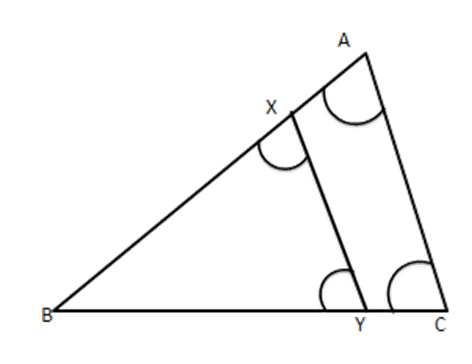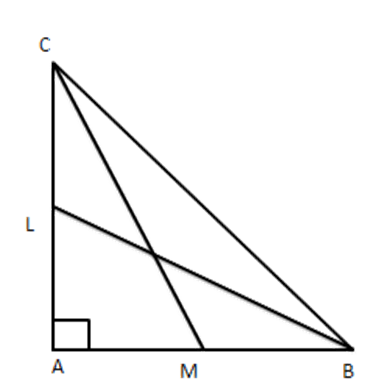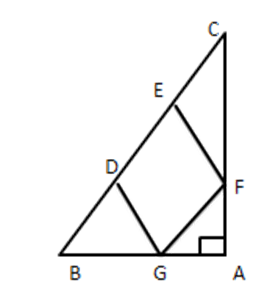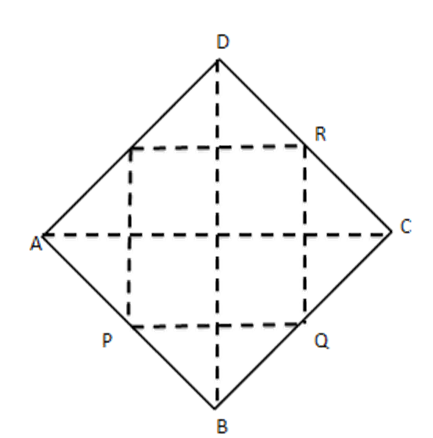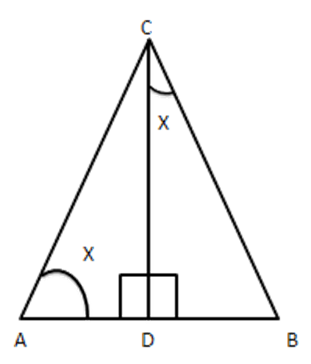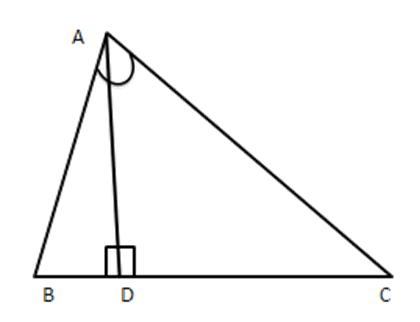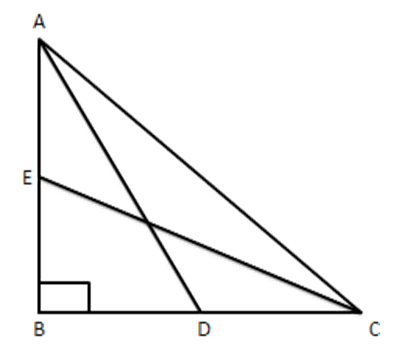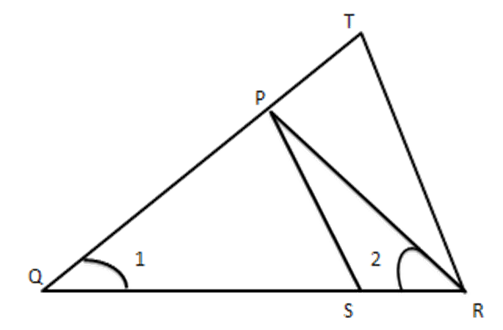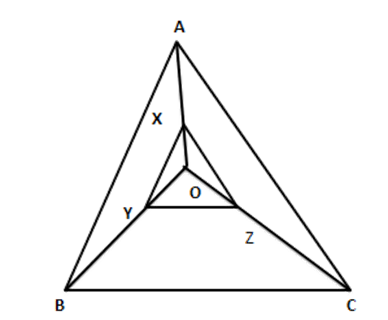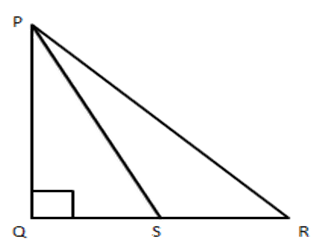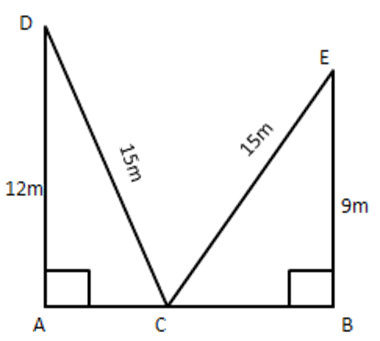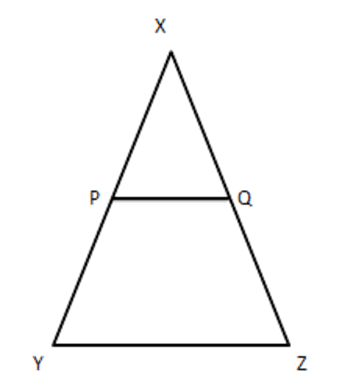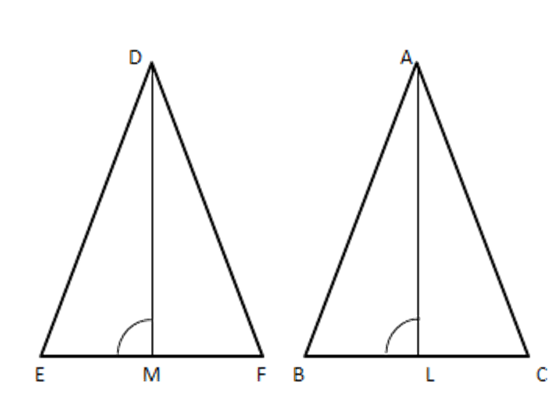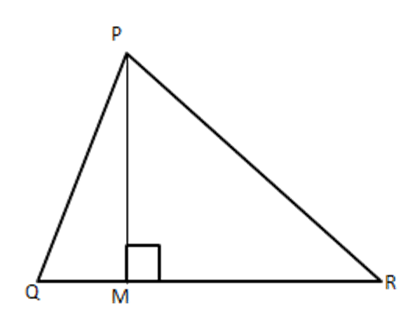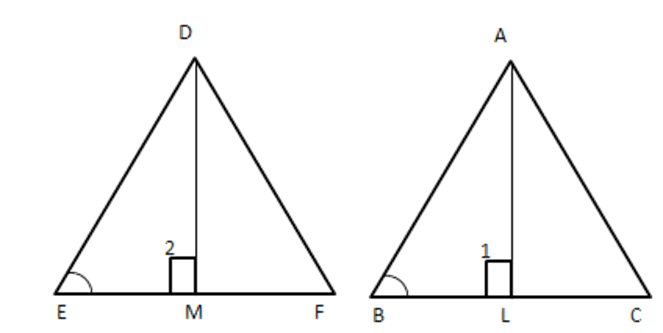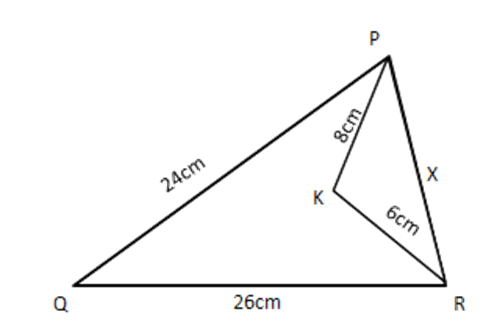Important Questions for CBSE Class 10 Maths Chapter 6 Triangles: FREE PDF Download
CBSE Class 10 Maths Important Questions - Chapter 6 Triangles



FAQs on CBSE Class 10 Maths Important Questions - Chapter 6 Triangles
1. What are the key topics covered in Chapter 6 - Triangles?
Chapter 6 of CBSE Class 10 Maths covers important topics such as:
Similarity of triangles
Criteria for similarity of triangles (AA, SAS, and SSS similarity criteria)
Proportionality theorems (Basic Proportionality Theorem or Thales' Theorem)
Properties of triangles (including the Pythagoras Theorem)
Applications of similarity and proportionality in solving problems.
2. Why should I Practise important questions from Chapter 6 - Triangles?
Practicing important questions helps reinforce the core concepts of similarity, proportionality, and triangle properties. It boosts your ability to apply these concepts in different problem scenarios, which is essential for performing well in exams.
3. What are the main criteria for similarity of triangles?
The main criteria for two triangles to be similar are:
AA (Angle-Angle) Criterion: If two angles of one triangle are equal to two angles of another triangle, then the triangles are similar.
SSS (Side-Side-Side) Criterion: If the corresponding sides of two triangles are in the same ratio, the triangles are similar.
SAS (Side-Angle-Side) Criterion: If one angle of a triangle is equal to the corresponding angle of another triangle and the sides including those angles are proportional, the triangles are similar.
4. What is the Basic Proportionality Theorem (Thales’ Theorem)?
The Basic Proportionality Theorem states that if a line is drawn parallel to one side of a triangle, it divides the other two sides proportionally. In other words, if a line is parallel to one side of a triangle, then it divides the other two sides in the same ratio.
5. How can practising important questions help in exams?
Practising important questions helps you understand the concepts deeply, increases your problem-solving speed, and builds your confidence. These questions often cover different variations and applications, ensuring you are prepared for any exam scenario.
6. What types of questions are included in the important questions for Chapter 6 - Triangles?
The important questions typically include:
Proofs based on similarity and proportionality.
Applications of the Basic Proportionality Theorem.
Problems involving the use of similarity criteria (AA, SAS, SSS).
Word problems related to the real-life application of triangles.
7. How do I use similarity of triangles in solving problems?
You can use the similarity of triangles by applying the relevant similarity criteria (AA, SSS, or SAS) and setting up proportions to solve for unknown values such as lengths or angles. This method is helpful in real-world applications like determining distances or heights.
8. Can practising important questions help me understand triangle properties better?
Yes, practising important questions helps in applying properties like the Pythagoras Theorem and other geometric properties of triangles in various contexts, reinforcing your understanding and improving your ability to solve problems.
9. What are some common types of word problems in this chapter?
Common word problems involve:
Finding the lengths of sides or angles using similarity of triangles.
Real-life applications like calculating the height of a building or the distance between two points using proportionality theorems.
10. Is there a PDF available for important questions in Chapter 6 - Triangles?
Yes, you can download a free PDF with important questions for Chapter 6 - Triangles. This PDF provides a collection of key problems to Practise, helping you reinforce the concepts and prepare effectively for the exam.




















 Watch Video
Watch Video




